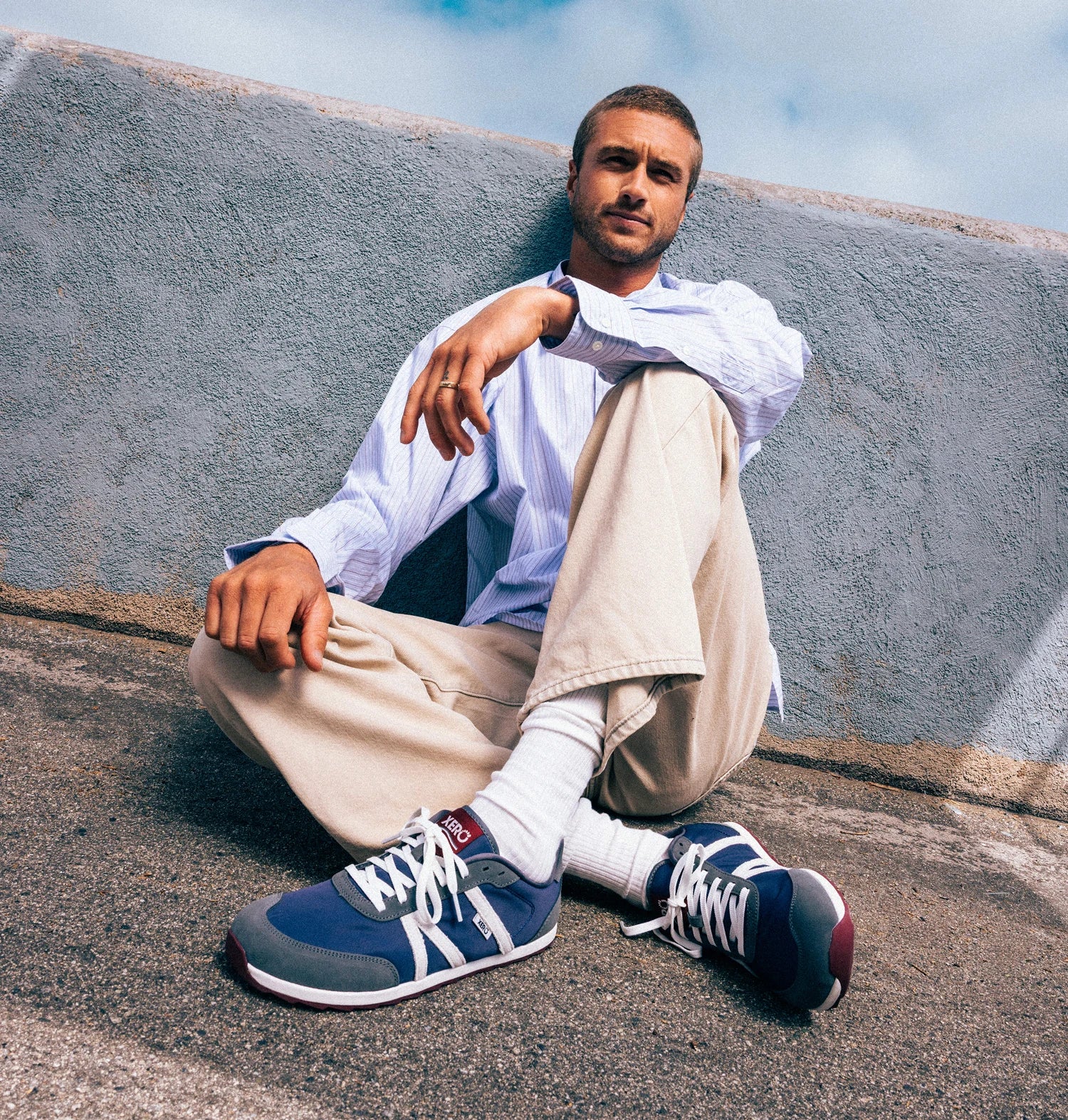The concept of barefoot shoes has gained significant traction in recent years, prompting many enthusiasts to tout their benefits while others remain skeptical. The idea behind these minimalist footwear options is rooted in the belief that less is more when it comes to running and walking. But with such fervor surrounding their advantages, one may wonder: do these shoes truly live up to the claims? This article seeks to explore the benefits and drawbacks of barefoot shoes, helping consumers make informed decisions about their footwear choices.
Key Takeaways
- Barefoot shoes aim to mimic the natural shape and function of feet.
- Proponents argue they promote better foot mechanics and overall health.
- Cautious; transitioning to minimalist shoes requires time and adaptation.
- Research on their efficacy is still developing, warranting careful consideration.
- Explore options for the top minimalist footwear available in the market.
What Are Barefoot Shoes?
Barefoot shoes, often referred to as minimalist shoes, are designed to encourage a more natural foot movement compared to traditional footwear. Unlike conventional shoes, which typically feature thick soles and arch support, these shoes often have a lightweight construction, a thin sole, and a shape that allows the toes to splay naturally. The underlying philosophy is that by providing less interference, the body can engage its muscles and joints more naturally, ultimately leading to better alignment and overall health.
Advantages of Barefoot Shoes
One of the primary advantages cited by advocates of barefoot shoes is that they can enhance proprioception, which is the body’s ability to perceive its position in space. This heightened awareness can lead to improved balance and stability, particularly during activities such as running and walking. Additionally, by allowing the foot to move as it was designed to, proponents argue that these shoes can help prevent injuries related to overstriding or heel striking, which are common with heavily cushioned footwear. In essence, the major advantages can be summarized as follows:
- Improved Foot Strength: Minimalist shoes require the foot muscles to work harder, potentially leading to greater strength and flexibility.
- Enhanced Balance: Barefoot shoes promote better body awareness, which can contribute to improved stability.
- Natural Gait Mechanics: They encourage a midfoot or forefoot strike, which may reduce the risk of certain injuries.
Potential Drawbacks
While there are many enthusiastic supporters of barefoot shoes, it is essential to consider the potential drawbacks. Transitioning from conventional shoes to minimalist footwear can cause discomfort or injury if not done correctly. The body may need time to adapt to the reduced cushioning and support, and without proper transitioning, individuals may find themselves more prone to issues such as plantar fasciitis or Achilles tendonitis. Some of the common drawbacks include:
- Injury Risk: Sudden transition to barefoot shoes may increase the chance of injuries if one does not gradually adapt.
- Less Cushioning: For some individuals, particularly those with specific orthopedic issues, a lack of cushioning can exacerbate discomfort.
- Wear and Tear: The minimalist sole may wear down quickly on rough terrain or uneven surfaces.
Making the Transition
If someone decides to embrace barefoot shoes, a few tips can ease the transition process. It is crucial to gradually incorporate these shoes into one’s routine. Begin by wearing them for short periods and slowly increase usage as the feet become accustomed to the new dynamics. Pay attention to how the body responds and consider incorporating strengthening exercises for the feet and lower legs to aid in adaptation. Consistency is key. Those new to barefoot footwear should pair their new shoes with a progressive running or walking plan that emphasizes listening to the body’s signals.
Consumer Considerations
When considering whether to invest in barefoot shoes, consumers should reflect on their personal lifestyle and foot health needs. For individuals leading an active lifestyle, embracing minimalist footwear may align with their goals of enhanced movement and strength. However, it is prudent for consumers to conduct thorough research. Additionally, exploring options for the best minimalist shoes can help in finding a suitable pair that complements their needs. Consulting with a healthcare professional or a podiatrist may also provide valuable insights for those with existing foot conditions.
Conclusion
In conclusion, barefoot shoes present both exciting possibilities and challenges. While they may offer improved strength and natural movement for some, they could pose risks for others, particularly those unaccustomed to this type of footwear. As with any fitness product, individual experiences can vary tremendously. Therefore, it is essential to approach the decision thoughtfully, taking into account personal preferences, lifestyle, and any pre-existing foot conditions. With careful consideration and gradual adaptation, many may find that these shoes indeed live up to the hype. To learn more about suitable options, check out additional information on a variation of barefoot shoes that might suit your needs.
Frequently Asked Questions
- Are barefoot shoes suitable for everyone?
Not necessarily. While many benefit from barefoot shoes, those with specific foot conditions should consult a healthcare professional before making the switch.
- How long does it take to adjust to barefoot shoes?
Adjustment periods can vary, but gradual acclimatization over a few weeks to months is recommended to prevent injury.
- Can barefoot shoes help with running form?
Many users report improved running form due to the natural mechanics encouraged by barefoot shoes, though results may differ between individuals.

